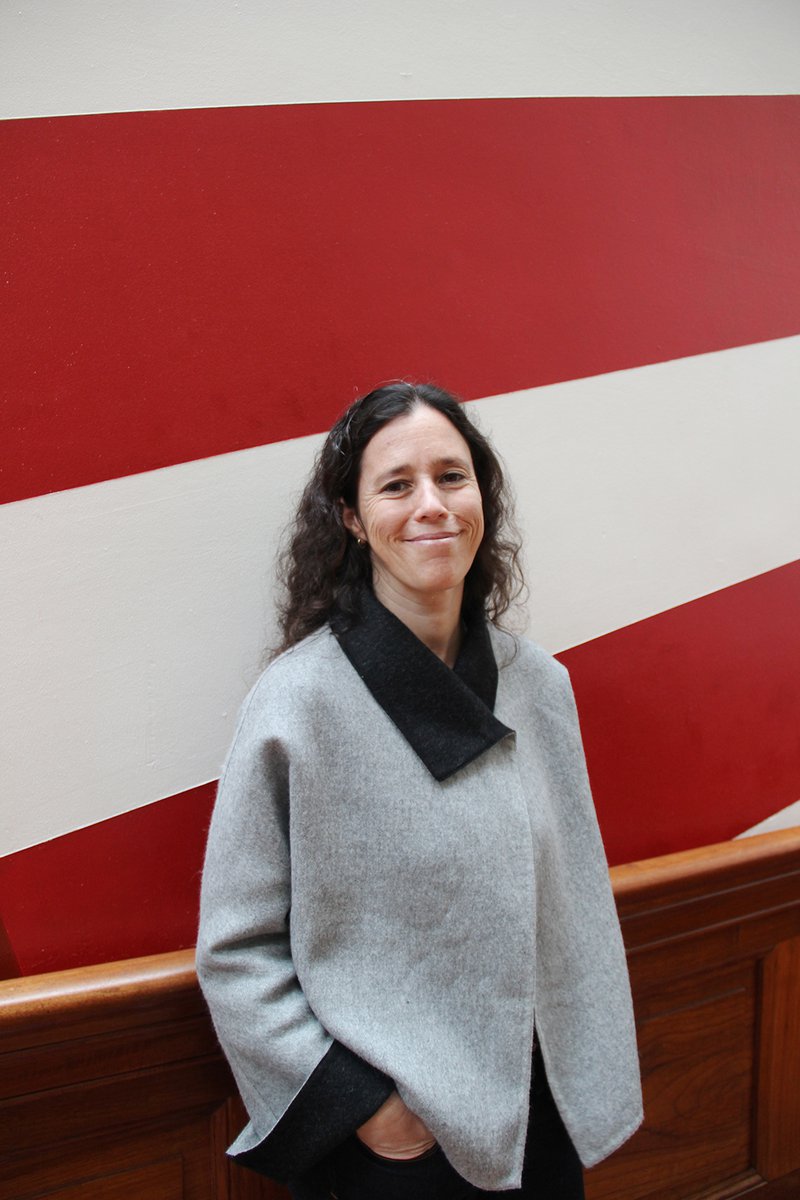Sharon Lerner

In 2022, 41 contemporary art curators, researchers, and museum directors from 24 different countries were awarded to attend the CIMAM 2022 Annual Conference. The CIMAM 2022 Annual Conference, titled "The Attentive Museum. Permeable Practices for a Common Ground", was held in Mallorca (Balearic Islands), Spain on 11–13 November, hosted by Es Baluard Museu d'Art Contemporani de Palma.
Sharon Lerner's Conference Report
The CIMAM conferences allow for great opportunities for modern and contemporary museum professionals and independent curators to exchange experiences, but also to collectively discuss a wide spectrum of issues that range from theory to practice. Nevertheless, perhaps, more importantly, aspects pertaining to museum practice and its relation to ethical questions in a broad sense. I was interested in attending this year’s conference since the suggested theme of “The Attentive Museum. Permeable Practices for a Common Ground” was particularly compelling for rethinking the institution I work at in a moment of transition prompted by the pandemic.
In that sense, the focus of the first-day program, revolving around issues around governance was particularly interesting for me, and I wish the key ideas shared by Bart de Baere at the panel introduction would have been addressed in a more organic way by the different speakers at the panel. Although many were quite interesting, and particularly the Zoma Museum was a particularly inspirational example of a museum model, the conversation did not manage to go beyond being a different set of presentations and tackle the issue of problematics pertaining to governance at different institutional instances.
Nevertheless, de Baeres’ presentation was quite useful as he made a summary of the ideas gathered around the “Set of Governance Clauses for Museum Ethics to protect and support museums and their staff”. Ideas that resonated were that which proposed that governance is something that needs to be exercised and remembered constantly and the importance of having a clear set of rules from the get-go, including your governing bodies in the process. It felt like a very useful document to be revised and adapted to different specific contexts.
In the following days of the conference, there were different interesting moments, particularly the presentations by different artists as guest speakers.
Probably what will remain more present in my memory of the conference were the discussions and presentations on the third day. Emily Jacir’s, Lada Lakonechna and Philip Rizk’s presentations in particular. Under the umbrella of Learning from the Community: Collective Actions in the Face of Emergency their presentations were a reminder, not of what institutions can give to artists and communities, but rather what institutions can learn from them. Rizk’s presentation, with the recurrent question ‘, Did you hear that?’ was the call for not succumbing to quick responses to political events, but rather looking into the overarching structures that sustain/provoke/unravel from them.